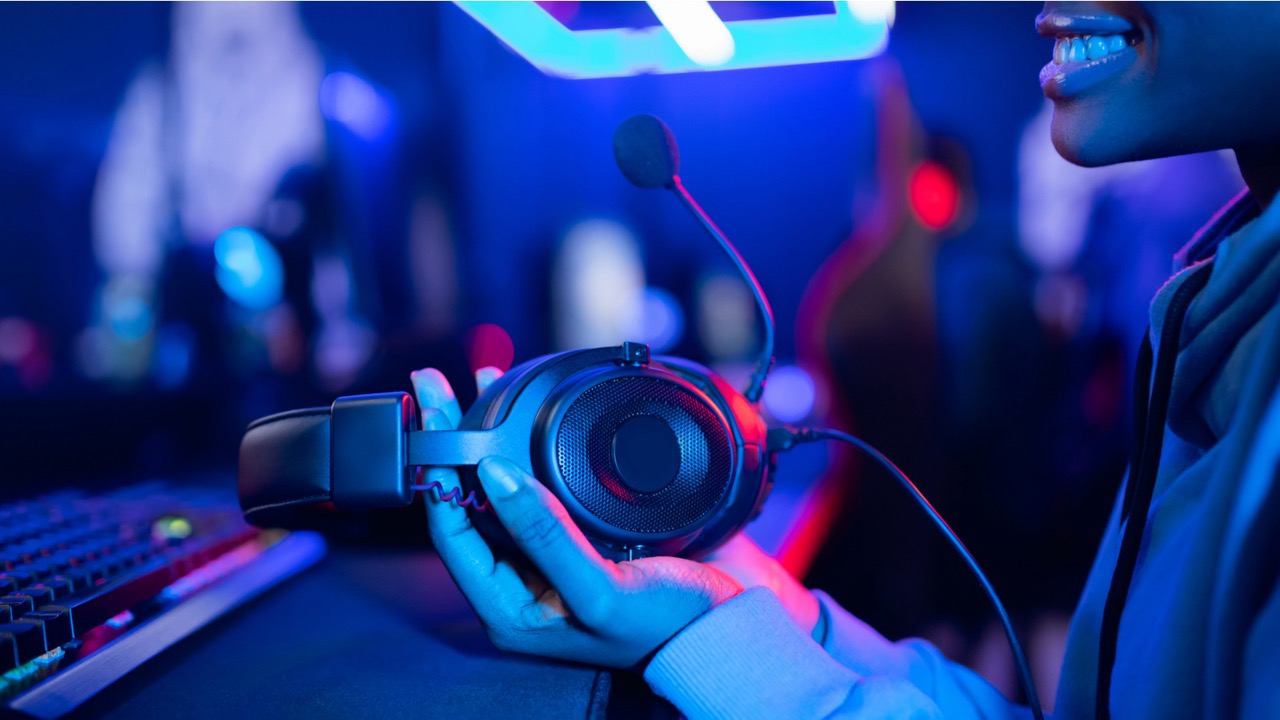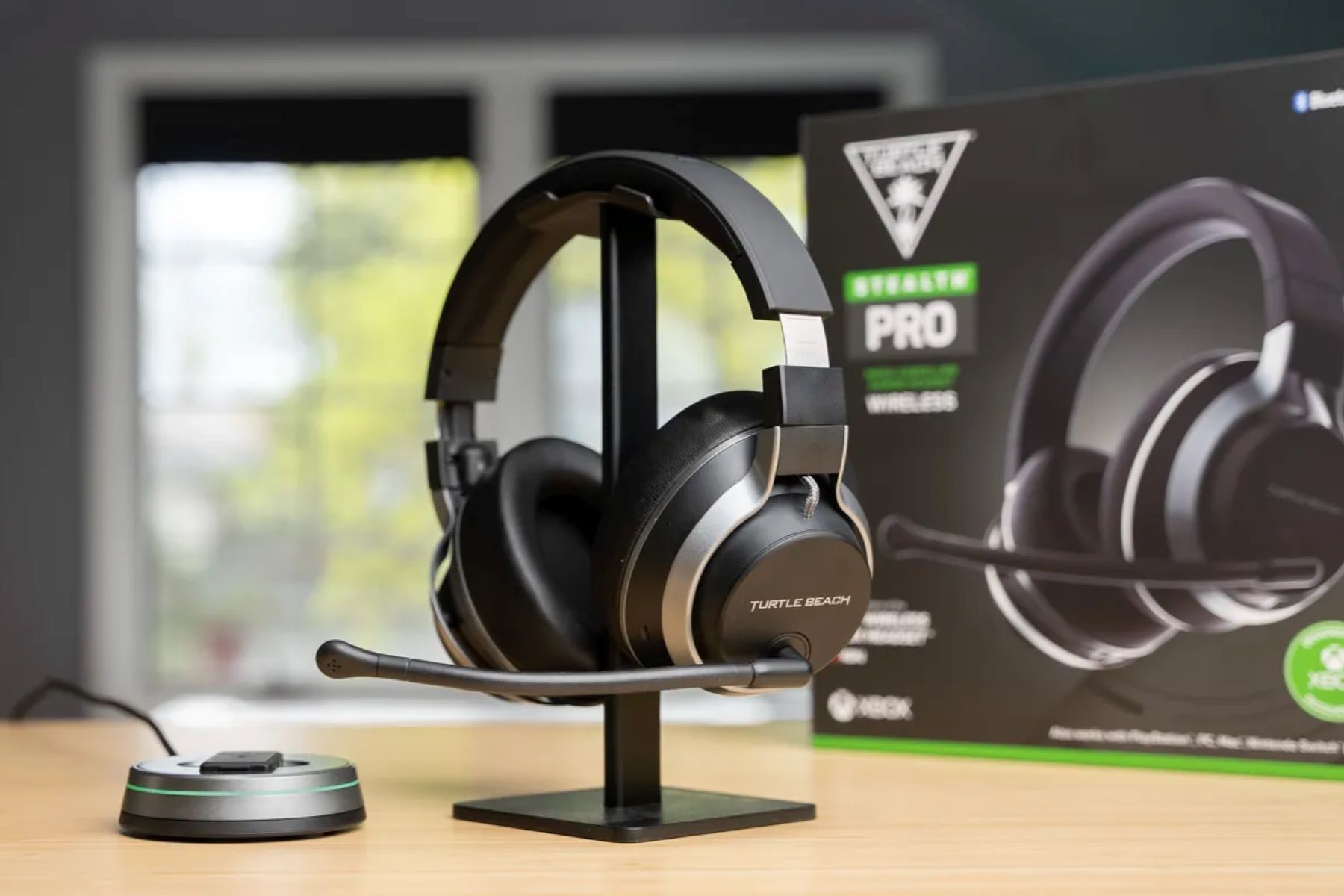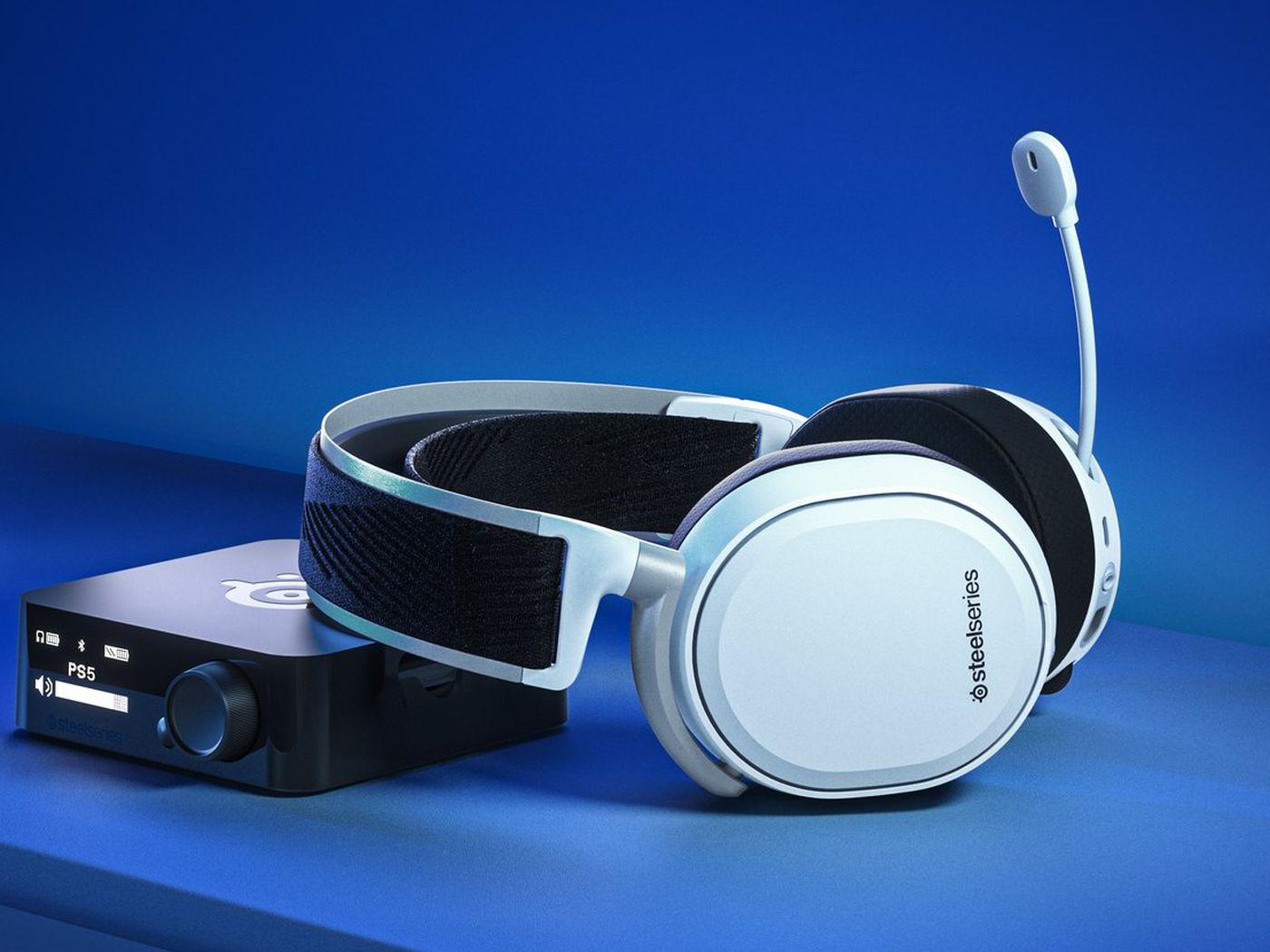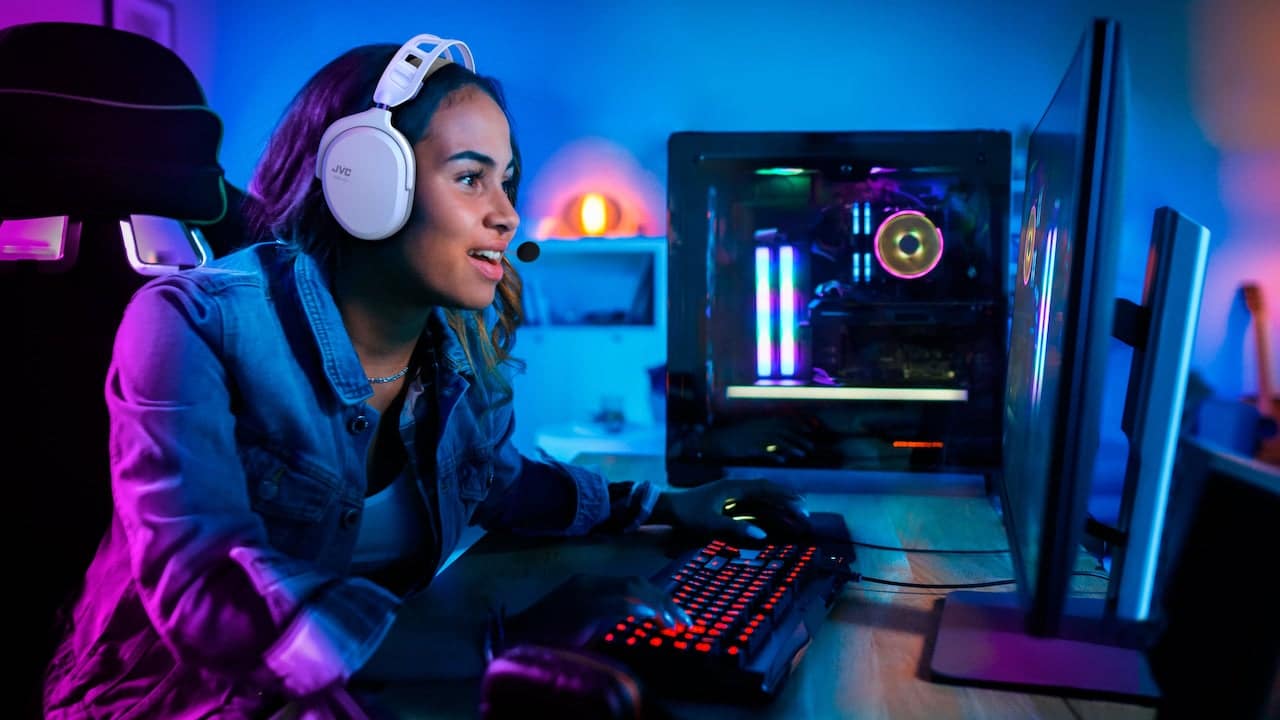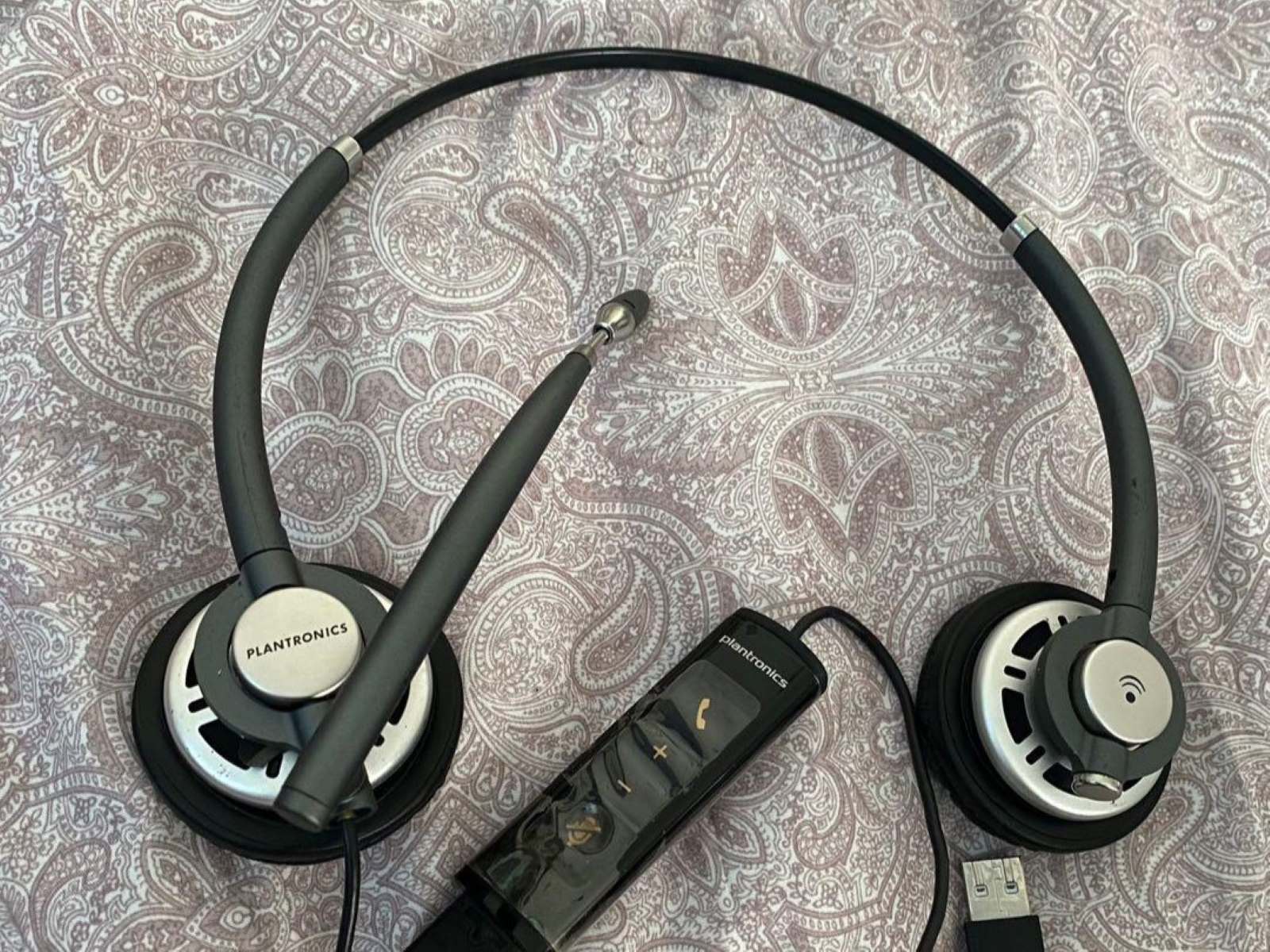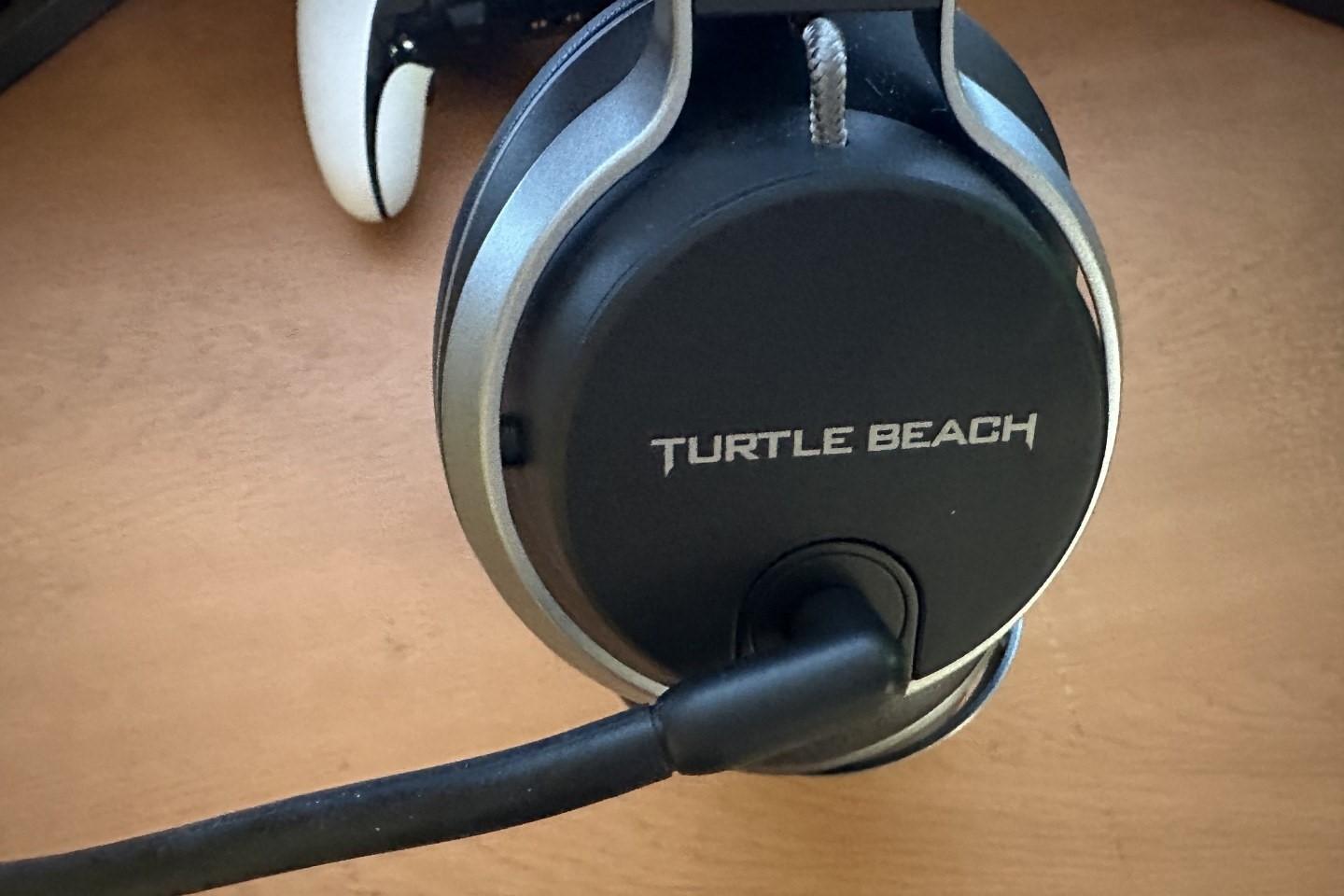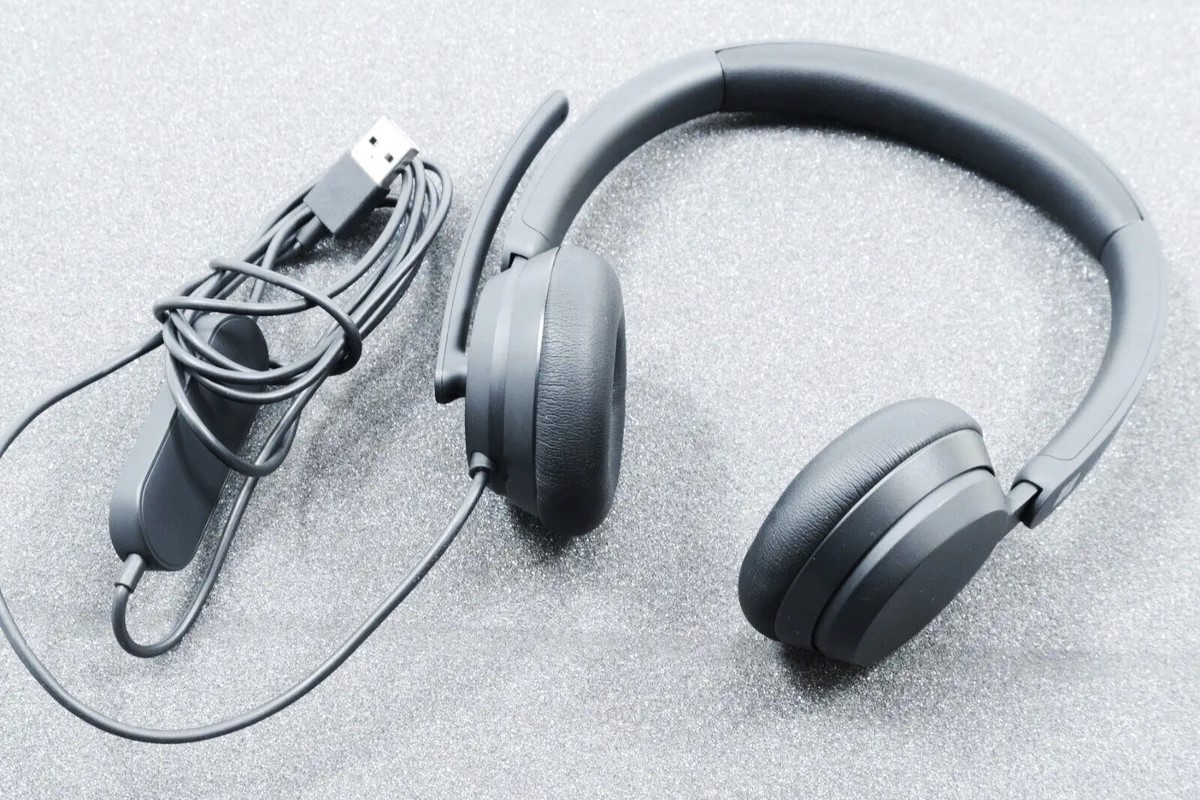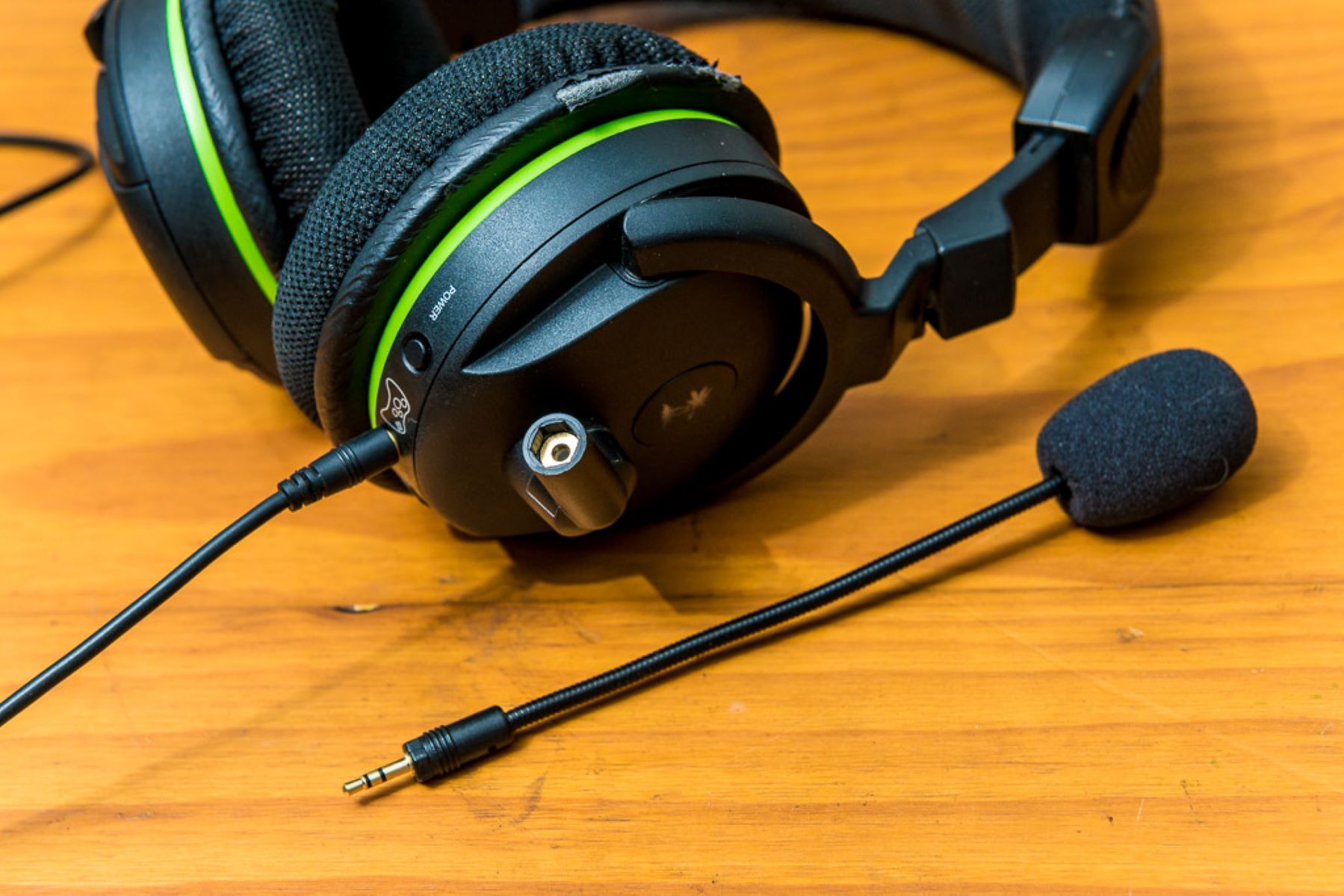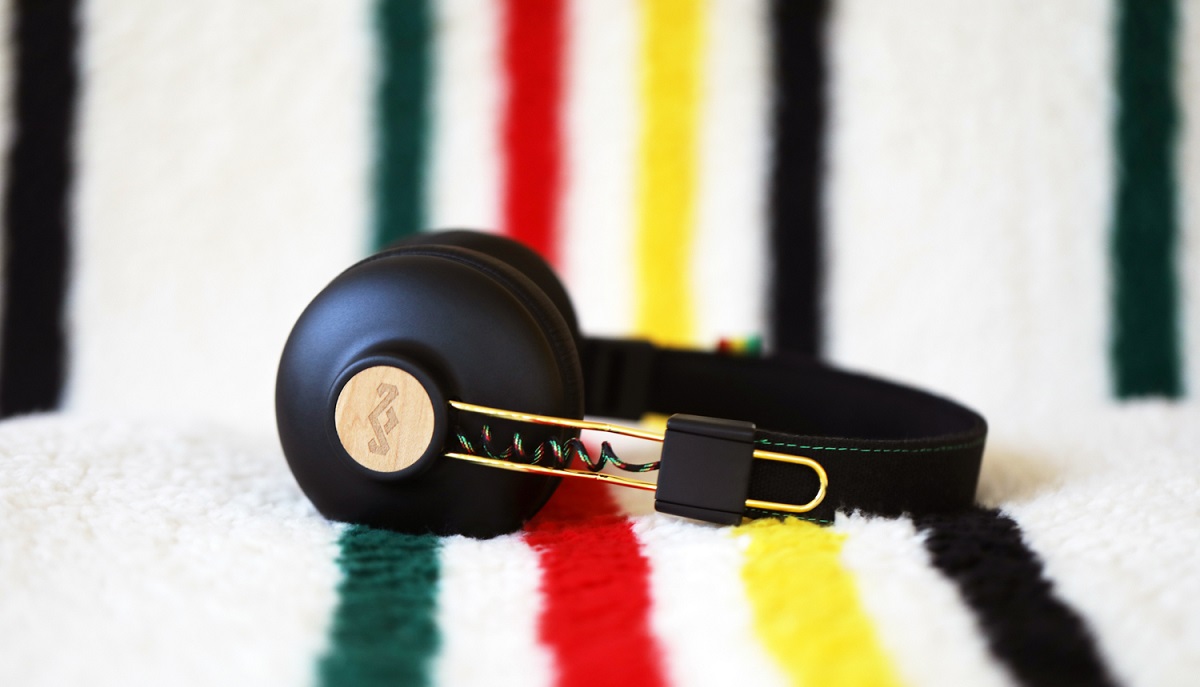Common PC Headset Issues
PC headsets have become essential accessories for many users, enabling seamless communication, immersive gaming experiences, and crystal-clear audio. However, these devices are not immune to technical glitches and malfunctions. Understanding the common issues that users encounter with PC headsets can help in troubleshooting and resolving these problems effectively.
-
Audio Distortion: One of the most prevalent issues with PC headsets is audio distortion. Users may experience crackling, popping, or static sounds, which can significantly diminish the audio quality and overall experience.
-
Microphone Malfunctions: Another common problem involves issues with the headset microphone. Users might encounter difficulties with their mic not picking up sound, producing muffled or distorted audio, or failing to function altogether.
-
Connectivity Problems: Many users face connectivity issues with their PC headsets. This can manifest as intermittent disconnections, difficulty pairing the headset with the computer, or a complete failure to establish a connection.
-
Comfort and Fit: While not a technical issue, discomfort or an improper fit can be a significant concern for users. Ill-fitting headsets can lead to discomfort during extended use, impacting both comfort and audio quality.
-
Software and Driver Compatibility: Incompatibility with the computer's operating system, outdated drivers, or conflicting software can also lead to various issues with PC headsets, including audio and microphone malfunctions.
Understanding these common problems is the first step in effectively addressing them. By identifying the specific issue at hand, users can then proceed to troubleshoot and implement the necessary fixes to restore their PC headset to optimal functionality.
Troubleshooting Steps
When encountering issues with a PC headset, it's essential to follow a systematic approach to identify and resolve the underlying problems. By following these troubleshooting steps, users can effectively address common headset issues and restore optimal functionality.
-
Check Physical Connections: Begin by ensuring that all physical connections are secure and properly plugged in. This includes verifying the headset's connection to the computer or audio device, as well as checking for any loose or damaged cables. Sometimes, a simple reconnection can resolve connectivity issues and audio distortions.
-
Test on Alternative Devices: To determine if the issue is specific to the computer or the headset itself, users can test the headset on an alternative device. This can help identify whether the problem lies with the headset or the computer's configuration.
-
Adjust Audio Settings: Access the computer's audio settings and ensure that the correct playback device is selected. Users should also check the audio levels, ensuring that they are not set too low or muted. Additionally, adjusting the audio format and sample rate can help alleviate audio distortion issues.
-
Mic Testing and Configuration: Verify the microphone settings on the computer, ensuring that the correct input device is selected. Users can perform a microphone test to check for proper functionality and adjust input levels as needed.
-
Update Drivers and Software: Outdated or incompatible drivers can contribute to headset issues. Users should check for driver updates from the headset manufacturer's website or utilize the computer's automatic driver update feature. Similarly, ensuring that audio-related software is up to date can help resolve compatibility issues.
-
Reset Audio Services: In some cases, resetting the audio services on the computer can address audio-related problems. This can be done by restarting the Windows Audio service or using built-in troubleshooting tools to diagnose and repair audio issues.
-
Inspect for Physical Damage: Carefully examine the headset for any physical damage, such as frayed cables or damaged components. Physical damage can often be the root cause of connectivity or audio problems and may require repair or replacement.
By methodically following these troubleshooting steps, users can effectively diagnose and address a wide range of PC headset issues. Whether dealing with audio distortions, microphone malfunctions, connectivity problems, or software-related issues, a systematic approach to troubleshooting can lead to successful resolution and a seamless headset experience.
Fixing Audio Problems
When it comes to addressing audio problems with PC headsets, users can employ several effective strategies to restore clear, high-quality sound. Audio issues, such as distortion, crackling, or muffled audio, can significantly impact the overall listening experience. By implementing the following solutions, users can troubleshoot and resolve common audio-related problems with their PC headsets.
Check Audio Settings
Begin by accessing the audio settings on the computer to ensure that the correct playback device is selected. Users should verify that the headset is recognized as the default playback device and that the audio levels are appropriately adjusted. Additionally, confirming that the audio format and sample rate settings align with the headset's specifications can help mitigate audio distortion and compatibility issues.
Adjust Sound Enhancements
Some audio distortion problems may stem from sound enhancements or audio effects applied at the system level. Users can navigate to the sound settings and disable any audio enhancements or effects that may be active. Disabling these enhancements can often resolve audio distortion and restore the headset's sound quality to its intended state.
Update Audio Drivers
Outdated or incompatible audio drivers can contribute to various audio-related issues. Users should check for driver updates from the headset manufacturer's official website or utilize the computer's automatic driver update feature. By ensuring that the headset's drivers are up to date, users can address compatibility issues and potential driver-related audio distortions.
Utilize Equalizer Settings
Many gaming or audio software applications offer built-in equalizer settings that allow users to adjust the audio output to their preferences. By fine-tuning the equalizer settings, users can optimize the headset's audio performance and mitigate distortion or imbalance in the sound output. Experimenting with different equalizer presets or manually adjusting frequency bands can help users achieve the desired audio quality.
Test on Alternative Devices
To isolate the source of audio problems, users can test the headset on alternative devices such as smartphones or tablets. If the audio issues persist across multiple devices, it indicates a potential hardware problem with the headset itself. Conversely, if the audio concerns are exclusive to the computer, it suggests that the issue lies within the computer's configuration or settings.
By implementing these solutions, users can effectively address audio problems with their PC headsets, ensuring a seamless and immersive listening experience across various activities, including gaming, communication, and multimedia consumption.
Solving Mic Malfunctions
Mic malfunctions can significantly impede communication, voice recording, and online gaming experiences. When encountering issues with the headset microphone, users can employ specific troubleshooting steps and fixes to address these malfunctions effectively.
Check Mic Permissions and Settings
Begin by verifying that the microphone has the necessary permissions to function on the computer. Access the privacy settings and ensure that the microphone is enabled for the relevant applications. Additionally, check the microphone settings within the operating system to confirm that the correct input device is selected and that the input levels are appropriately adjusted.
Inspect Mic Hardware and Connections
Carefully examine the headset's microphone for any physical damage or debris that may be obstructing its functionality. Ensure that the microphone boom is securely attached and positioned correctly for optimal sound capture. Additionally, inspect the microphone's connection to the headset, ensuring that it is firmly plugged in and free from any damage or debris.
Adjust Mic Sensitivity and Levels
Users can adjust the microphone sensitivity and input levels to optimize its performance. Access the microphone settings on the computer and fine-tune the input volume to prevent audio distortion or muffled sound. Testing the microphone input levels in various applications can help determine the optimal settings for clear and balanced audio capture.
Update Audio Drivers and Firmware
Outdated or incompatible audio drivers can contribute to microphone malfunctions. Users should check for driver updates from the headset manufacturer's official website and install any available firmware updates. Ensuring that the headset's drivers and firmware are up to date can address compatibility issues and enhance the microphone's functionality.
Test Mic on Alternative Devices
To isolate the source of microphone problems, users can test the headset microphone on alternative devices. If the mic malfunctions persist across multiple devices, it indicates a potential hardware issue with the headset. Conversely, if the microphone functions properly on alternative devices, it suggests that the problem may be related to the computer's configuration or settings.
By following these steps and implementing the suggested fixes, users can effectively troubleshoot and resolve microphone malfunctions with their PC headsets. Clear and reliable microphone functionality is essential for seamless communication, voice recording, and online interactions, and addressing mic malfunctions can enhance the overall user experience.
Dealing with Connectivity Issues
Connectivity problems with PC headsets can disrupt communication, gaming experiences, and multimedia consumption. When encountering connectivity issues, users can employ specific troubleshooting steps and solutions to address these challenges effectively.
Verify Physical Connections
Begin by ensuring that all physical connections are secure and properly plugged in. Check the headset's connection to the computer or audio device, and inspect the integrity of the cables. Reconnecting the headset and ensuring a secure connection can often resolve intermittent disconnections and connectivity issues.
Address Wireless Interference
For wireless headsets, interference from other electronic devices or wireless networks can impact connectivity. Users should position the computer and headset away from potential sources of interference, such as routers, cordless phones, or other wireless peripherals. Additionally, switching the wireless frequency channel on the headset or router can mitigate interference and improve connectivity.
Reset Bluetooth Pairing
If using a Bluetooth-enabled headset, users can reset the Bluetooth pairing to establish a fresh connection with the computer. This involves unpairing the headset from the computer's Bluetooth settings and then initiating a new pairing process. Resetting the Bluetooth connection can address pairing issues and restore stable connectivity.
Update Firmware and Drivers
Outdated firmware or drivers can contribute to connectivity problems with PC headsets. Users should check for firmware updates from the headset manufacturer's official website and ensure that the headset's drivers are up to date. Updating the firmware and drivers can address compatibility issues and enhance the headset's connectivity performance.
Test on Alternative Devices
To determine if the connectivity issues are specific to the computer or the headset itself, users can test the headset on alternative devices. If the connectivity problems persist across multiple devices, it indicates a potential hardware issue with the headset. Conversely, if the headset connects reliably to alternative devices, it suggests that the problem may be related to the computer's configuration or settings.
By following these steps and implementing the suggested solutions, users can effectively troubleshoot and address connectivity issues with their PC headsets. Stable and reliable connectivity is essential for seamless communication and immersive experiences, and resolving connectivity issues can enhance the overall functionality of the headset.
Software and Driver Updates
Ensuring that the software and drivers associated with PC headsets are up to date is crucial for maintaining optimal performance and compatibility. Software and driver updates are instrumental in addressing compatibility issues, enhancing functionality, and resolving potential bugs or glitches that may affect the headset's performance. By proactively managing software and driver updates, users can mitigate common headset issues and ensure a seamless audio and communication experience.
Importance of Updates
Software and driver updates play a pivotal role in addressing compatibility issues between the headset and the computer's operating system. As new operating system versions are released, manufacturers often provide corresponding updates to ensure that their headsets remain compatible and fully functional. Additionally, driver updates can introduce performance enhancements, improved stability, and new features that contribute to an enhanced user experience.
Driver Update Process
Users can initiate the driver update process by visiting the official website of the headset's manufacturer. Manufacturers often provide a dedicated support section or downloads page where users can access the latest driver updates specific to their headset model. By downloading and installing the latest drivers, users can address potential compatibility issues and ensure that the headset's functionality aligns with the latest system updates.
Firmware Updates
In addition to driver updates, firmware updates for the headset itself are essential for maintaining optimal performance. Firmware updates are designed to address hardware-specific issues, enhance functionality, and introduce new features or improvements. Users can typically access firmware updates through the manufacturer's official website or dedicated software applications provided by the headset manufacturer.
Automatic Update Features
Many modern operating systems offer automatic update features that can streamline the process of managing software and driver updates. By enabling automatic updates, users can ensure that their PC headset's drivers and associated software are regularly checked for updates and automatically installed, minimizing the need for manual intervention. This approach helps keep the headset's software and drivers current, reducing the likelihood of encountering compatibility or performance issues.
Benefits of Regular Updates
Regularly updating the headset's software and drivers offers several benefits, including improved compatibility with the latest operating system updates, enhanced stability, and the resolution of known issues or bugs. Additionally, updates may introduce new functionality, performance optimizations, and compatibility with evolving audio standards, ensuring that the headset remains at the forefront of audio technology.
By prioritizing software and driver updates for PC headsets, users can optimize the functionality, compatibility, and overall performance of their audio devices. Proactive management of updates contributes to a seamless and reliable headset experience, allowing users to immerse themselves in high-quality audio, communication, and gaming activities without encountering common technical hurdles.
Conclusion
In conclusion, addressing common issues with PC headsets involves a systematic approach to troubleshooting and implementing effective fixes. From audio distortions and microphone malfunctions to connectivity problems and software-related issues, users can navigate these challenges with confidence by following the outlined troubleshooting steps and solutions.
By understanding the root causes of these common headset issues, users can proactively address them, ensuring that their PC headsets deliver optimal audio performance and reliable communication capabilities. Checking physical connections, adjusting audio settings, and testing the headset on alternative devices are fundamental steps in diagnosing and resolving technical issues.
Furthermore, the importance of software and driver updates cannot be overstated. Regularly updating the headset's firmware, drivers, and associated software is essential for maintaining compatibility, addressing potential bugs, and introducing performance enhancements. Leveraging automatic update features and staying informed about the latest updates from the manufacturer's website empowers users to keep their headsets current and fully optimized.
In the realm of PC headsets, seamless connectivity, clear audio output, and reliable microphone functionality are paramount. By addressing connectivity issues, audio problems, and mic malfunctions through a combination of hardware inspection, software adjustments, and driver updates, users can ensure a consistent and immersive audio experience across various applications, including gaming, communication, and multimedia consumption.
Ultimately, the ability to troubleshoot and resolve common PC headset issues empowers users to maximize the potential of their audio devices, enhancing their overall digital experiences. By following the recommended troubleshooting steps and implementing the suggested fixes, users can overcome technical hurdles and enjoy uninterrupted, high-quality audio performance from their PC headsets.







